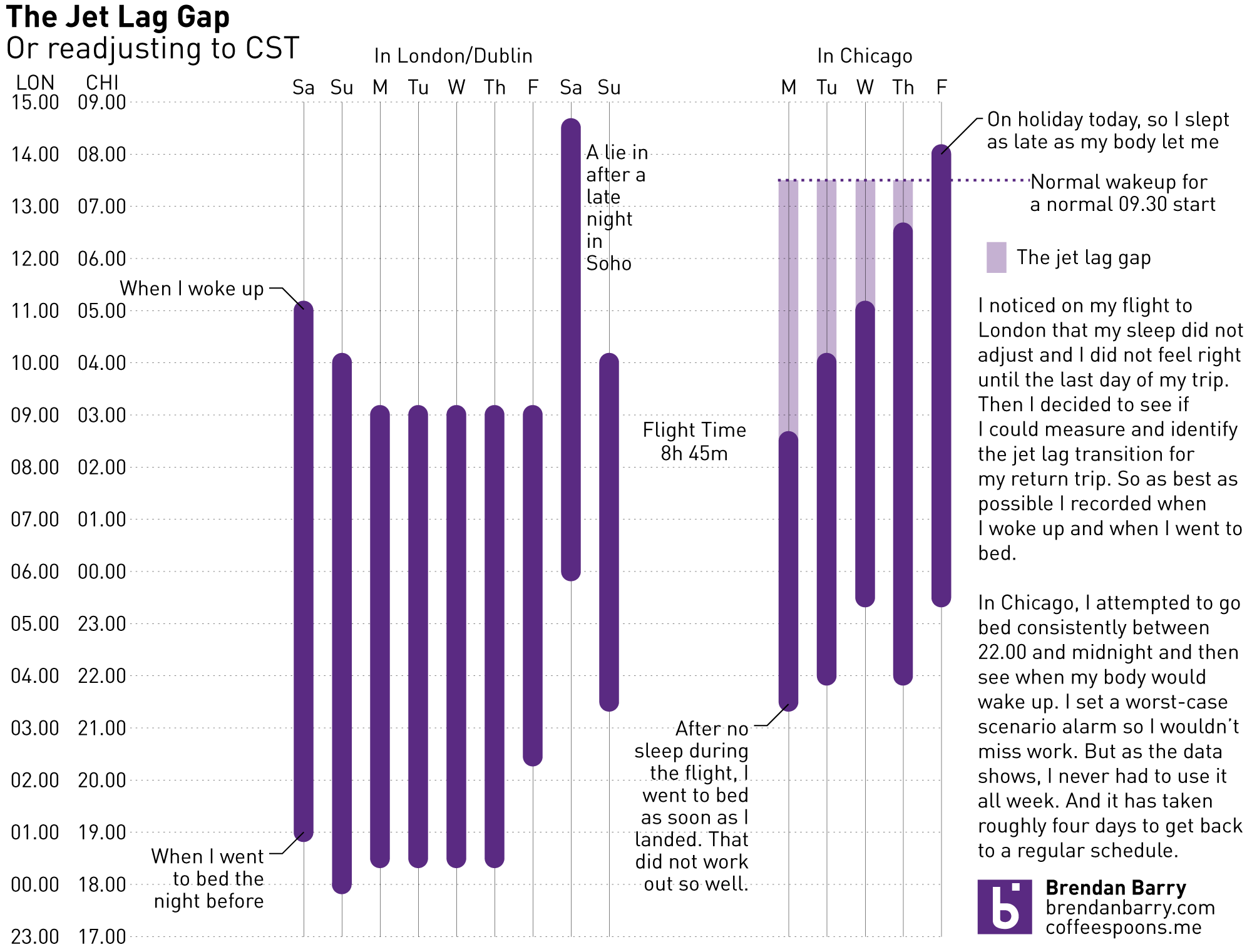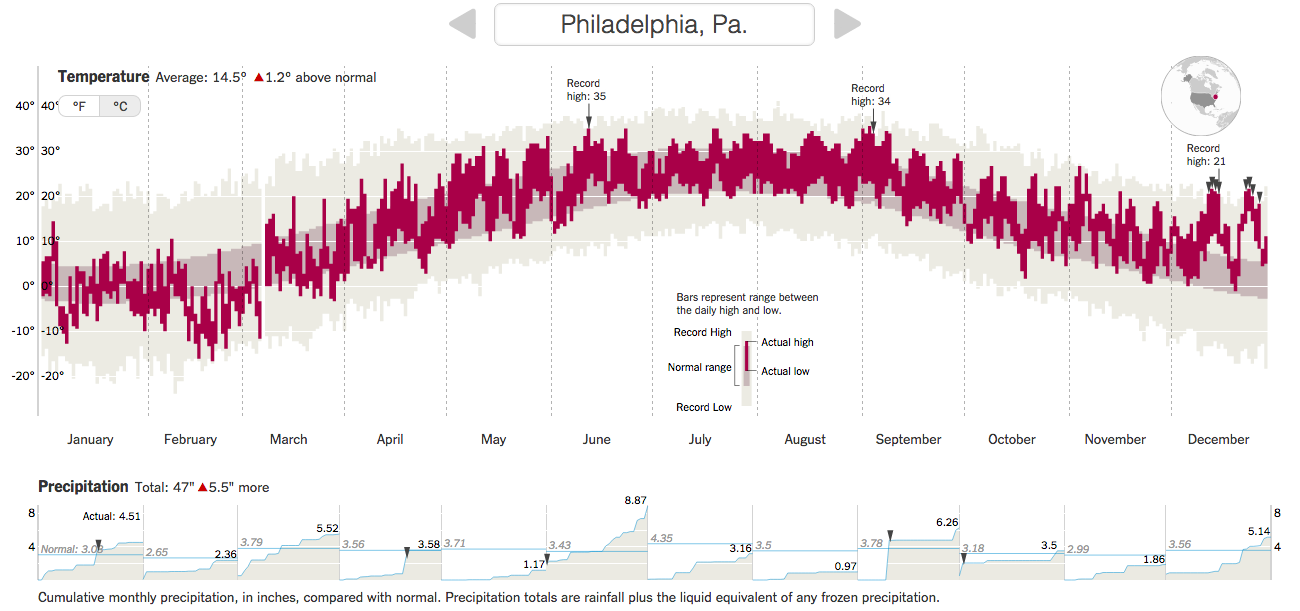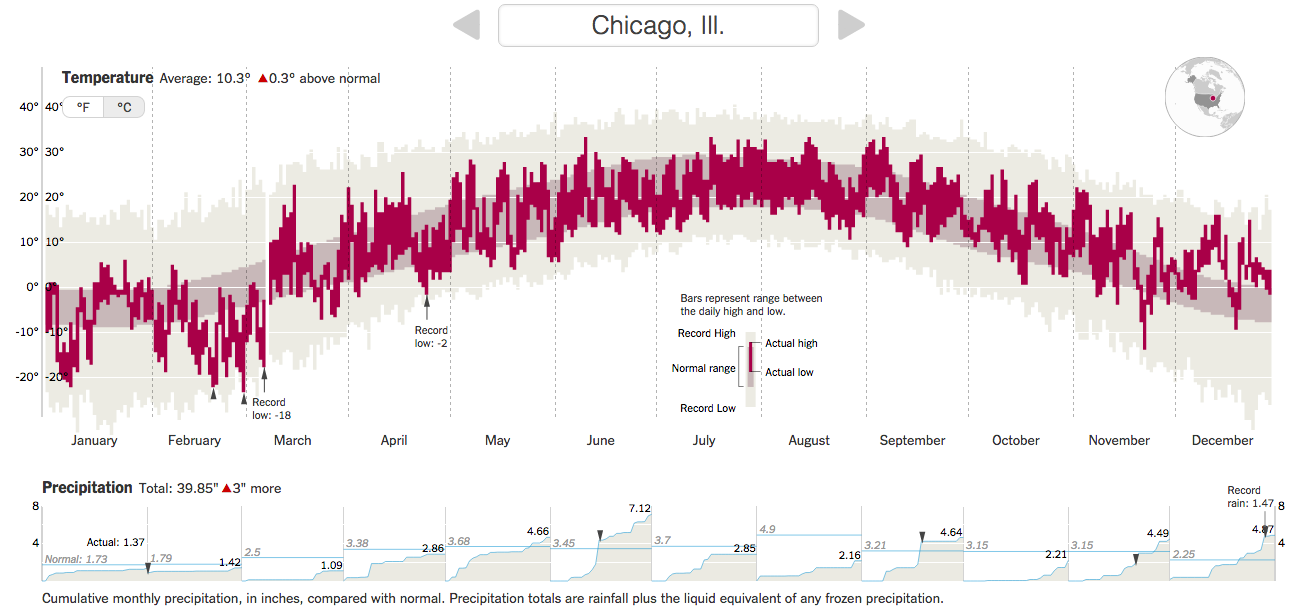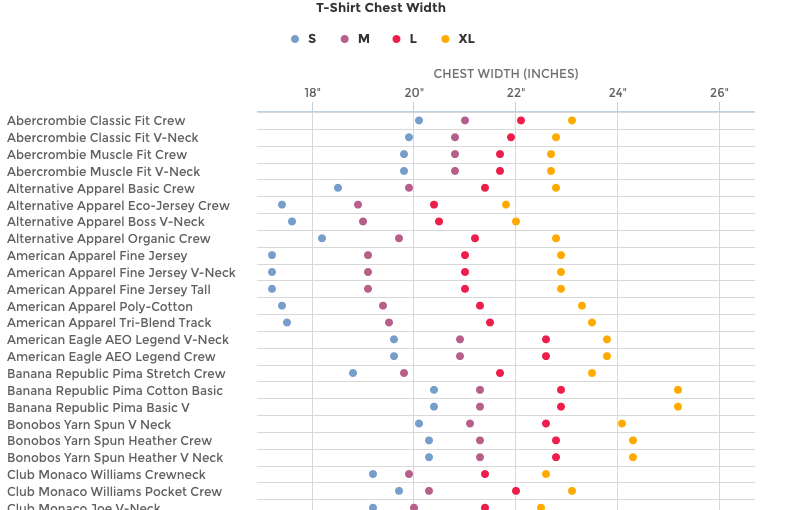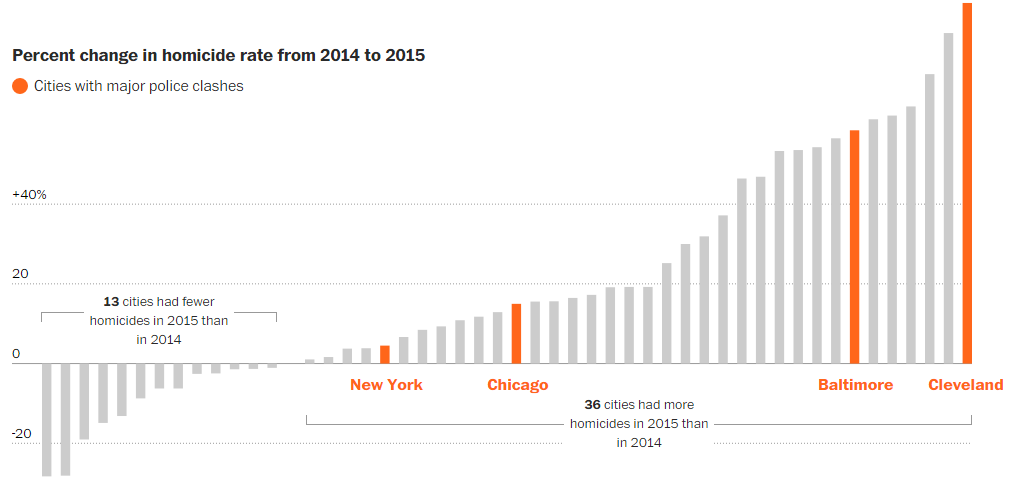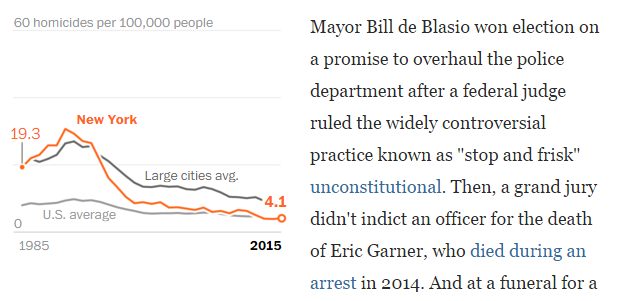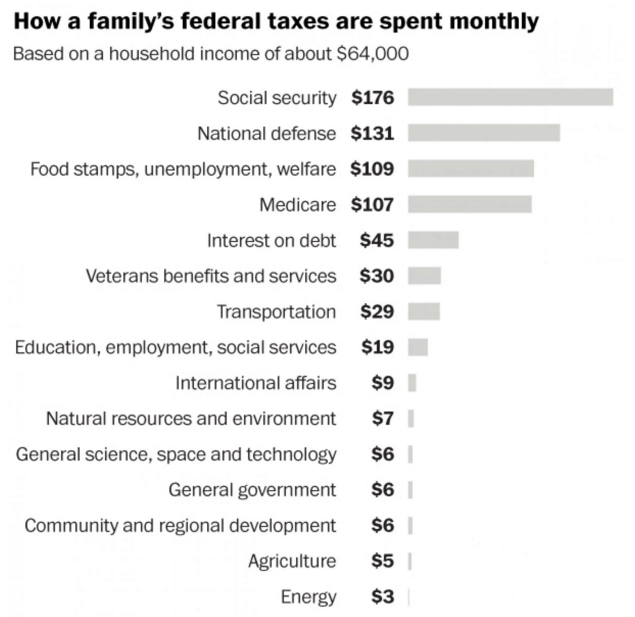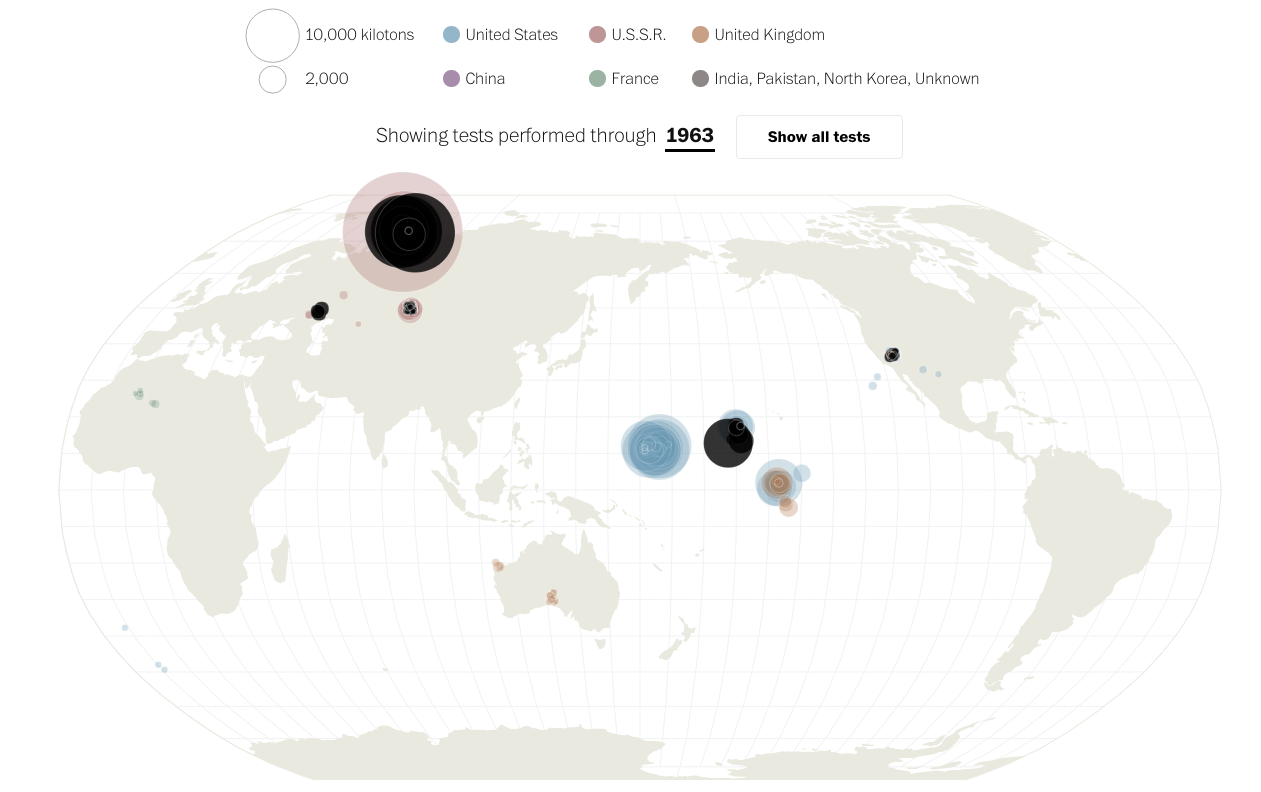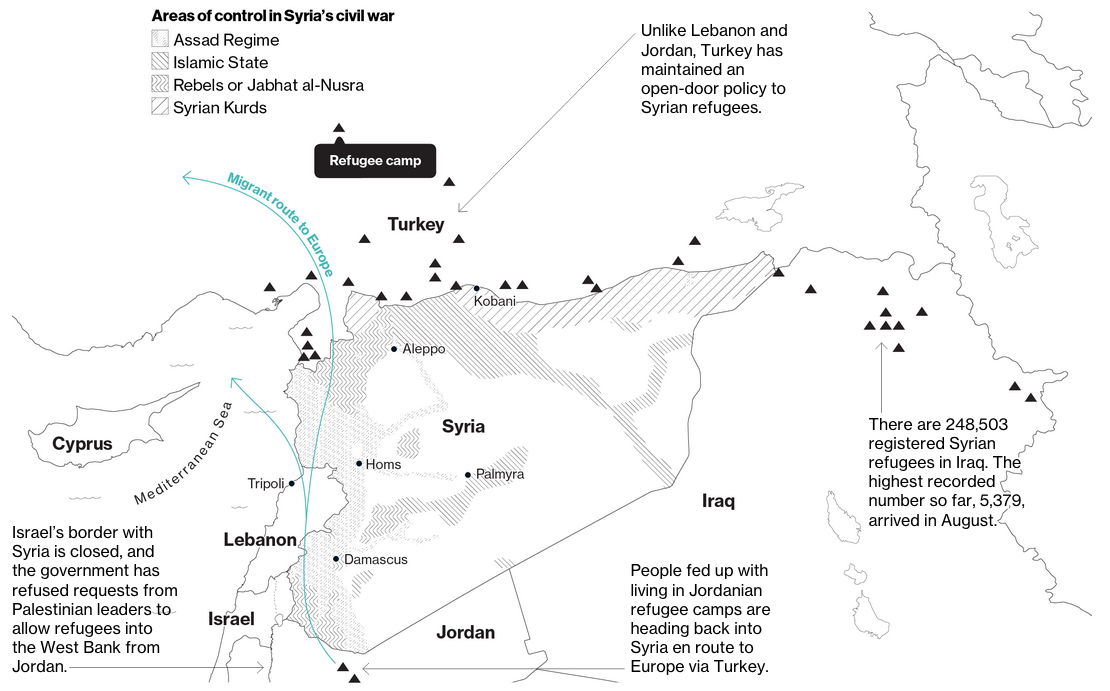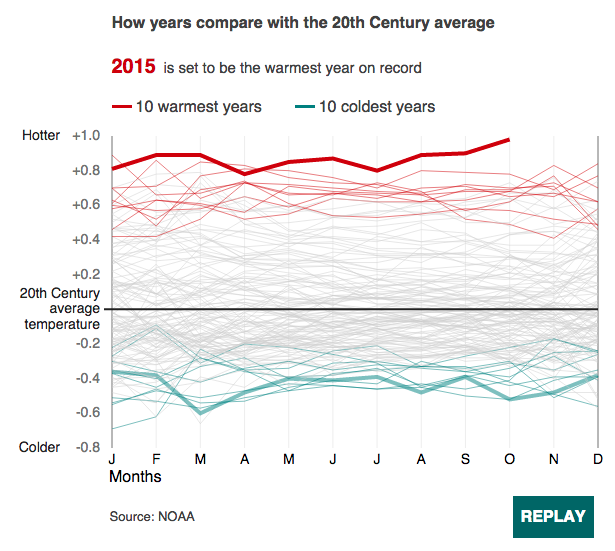Ireland calls its lower-house of parliament the Dáil and its prime minister taoiseach. When I visited Dublin, election season was in full swing and upon the first Friday of my return to Chicago, Ireland went to the polls to elect the 32nd Dáil. The vote resulted in a hung parliament, i.e. with no single party in control—there are more than two political parties. The Irish Times put together an interactive piece looking at the makeup of the new assembly. (There is also a coalition builder, but we will take a look at that separately.)
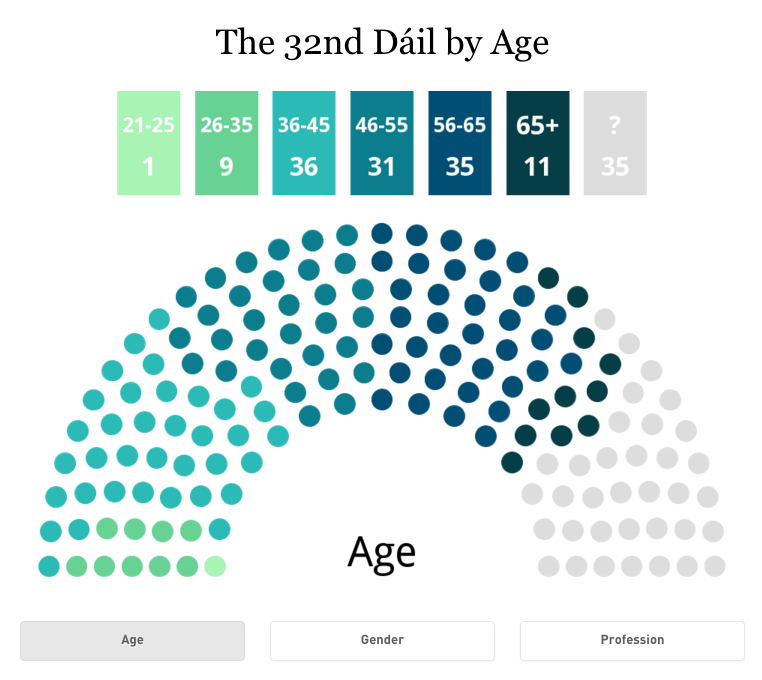
Credit for the piece goes to the Irish Times’ graphics department.

